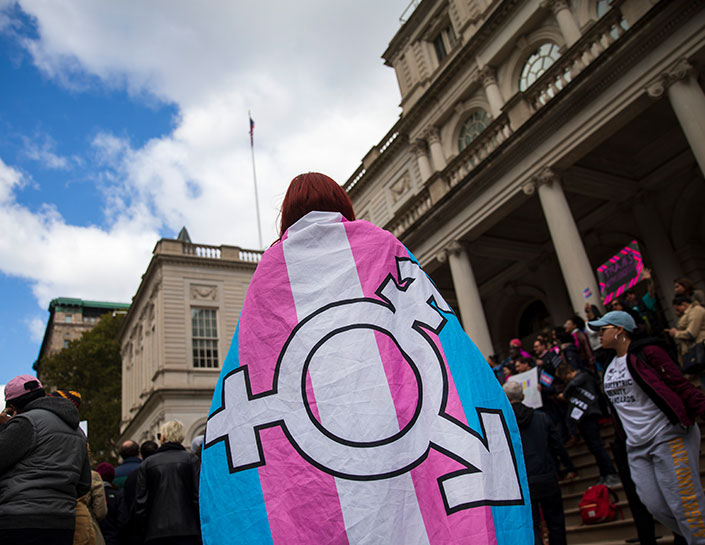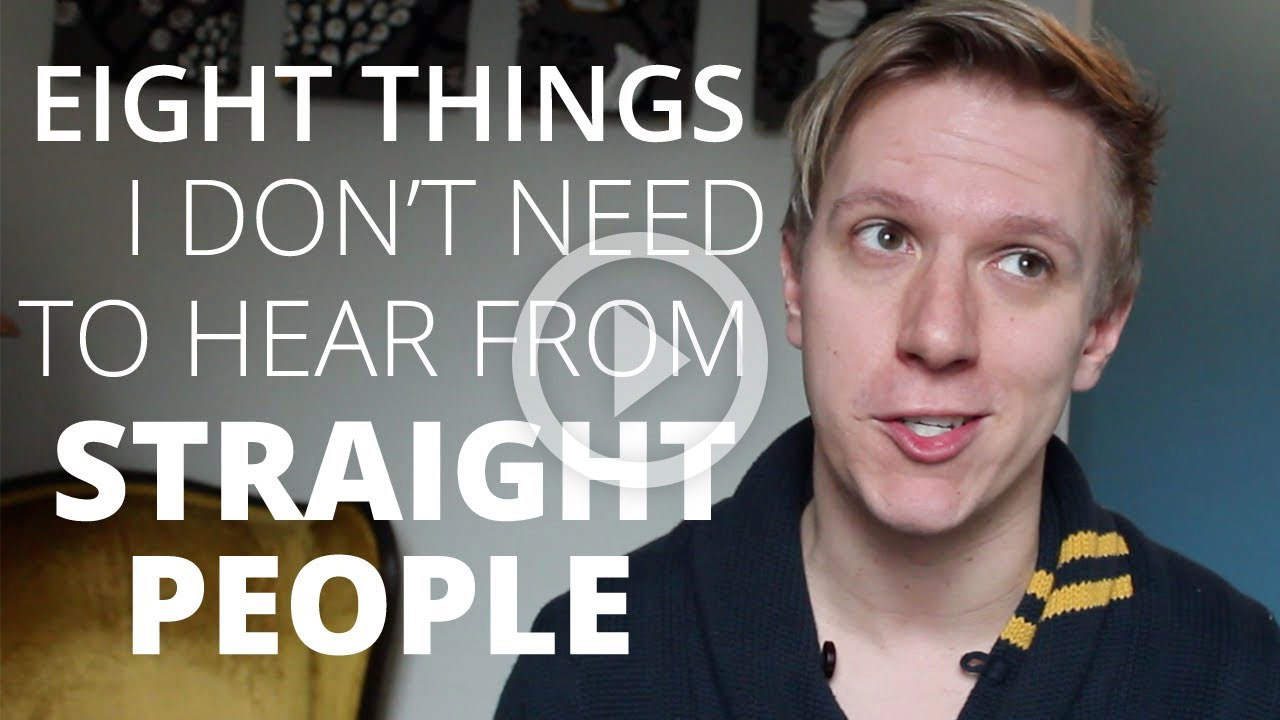
How to be a Good Ally
- Listen, learn and educate yourself
- Acknowledge your own privilege and be willing to own your mistakes
- Challenge stereotypes
- Offer your support and speak up against queerphobia, homophobia, lesbophobia, biphobia and transphobia
- Avoid making assumptions based on someone's physical appearance, presentation or past/current partners
- Amplify the voices of those who have been oppressed
- Treat all people with respect and dignity regardless of their gender identity and/or sexual orientation
- Do not out 2SLGBTQIA+ people

Pronouns in Email Signatures
Pronouns are used in language all the time when we refer to ourselves or other people. Examples of pronouns you may use to refer to others include:
- He/him/his (for someone who may identify as male)
- She/her/hers (for someone who may identify as female)
- They/them/their (for someone who may not strictly identify a man or woman; these pronouns are considered ‘gender neutral’)
If you are comfortable, adding pronouns to your email signature is one way to communicate your pronoun to the people you work or study with, and it avoids people making assumptions based on your name and physical appearance. It communicates that are you are aware of this information and reminds others not to make assumptions about someone else’s gender identity.
Essentially, pronoun inclusion is one small way to support allyship and those individuals with diverse gender identities and expressions. It demonstrates support for LGBT2Q+ students, staff and faculty and helps to create a culture of inclusivity.


